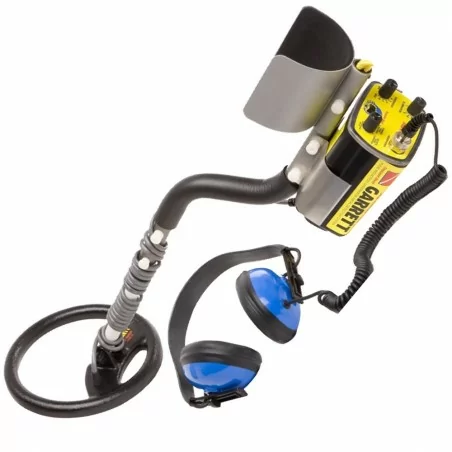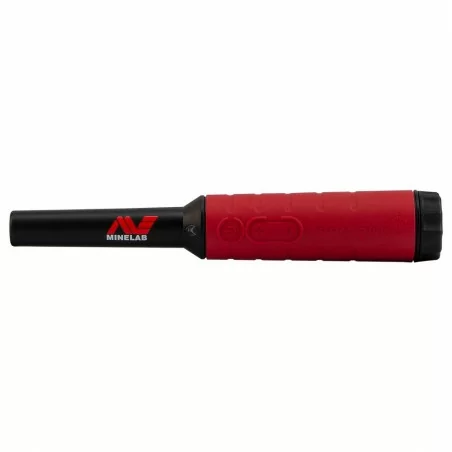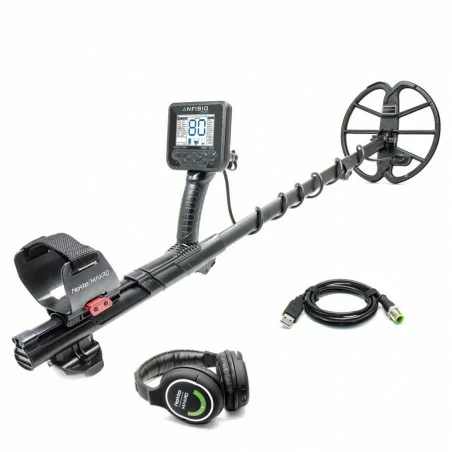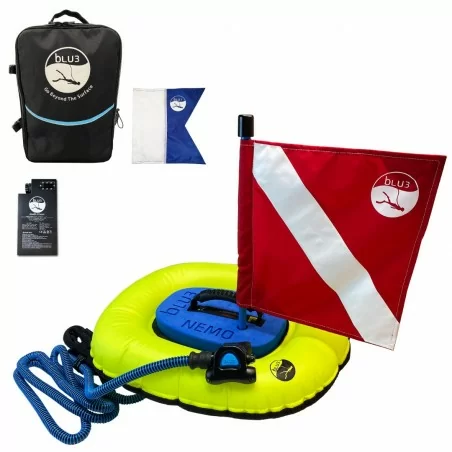After a brief general introduction, let's start directly with the fundamental topic and that is the beach and its changes over time.
The wind and rain are the 2 atmospheric elements that change the conformation of the beach even in the upper part (to be clear, the one furthest from the water), the wind manages to add or remove during dry days many centimeters/inches of sand.
Often and willingly, in 2-3 windy days you can even get to 15-20 cm (6-7") less sandy surface. On the busiest days, even 5-6 hours can be enough!
This happens especially when the wind comes from the ground because, if it comes from the sea, the upper part of the beach becomes almost a dune.
In addition, it must be said that many beach area managers, to protect the structures, artificially create dunes near the facilities. If in those days you go to look for where they took the sand it is easy to find coins and antique objects but often you will have to settle for a few targets.
Metal detectors ideal for the sea
Garrett Sea Hunter underwater metal detector
Pinpointer Minelab Pro-Find 40
Nokta Anfibio Multi
Nemo underwater breathing device with backpack
The rain also digs furrows and small valleys, in those small depressions it is easy to find something. In these areas it is almost a must to have a metal detector that accurately indicates iron, crown bottlecaps, can pulltabs and that has a good depth of research.
How do objects sink and move?
Just remember what happens when you are by the sea and the waves, even if small, take the sand out of your feet. In a few minutes, due to the weight, you will find yourself with sand at your ankles. The same thing happens with all other bad weather conditions, wind, rain, etc.
Of course a coin or other small objects, such as gold jewelry, sink with a much lower speed because a lower resistance force is required to support their weight. Looking again at the figure, with the number 8 we indicated that area of the beach that is not always in that position, where the lightest objects accumulate (specifically also referred to the size).
So let's resume our graph:
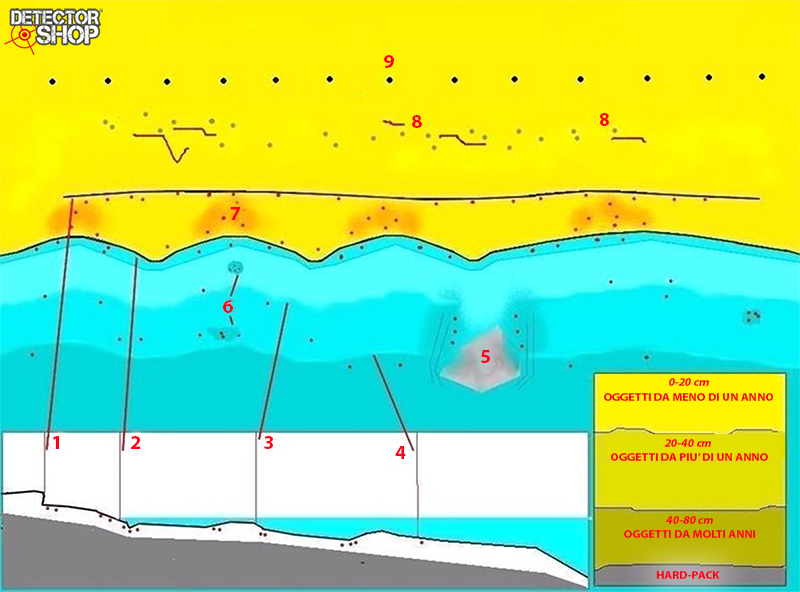
This is the beach area where metal garbage accumulates much more often, however, frequently it is superimposed on the tidal step indicated with the black line near the Number 7. This "polluted" area is immediately recognizable also because it is easy to find many small pumice stones.
In the third part we will talk about the most interesting beach area for most seekers: the shoreline and shallow waters.

